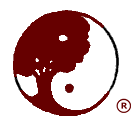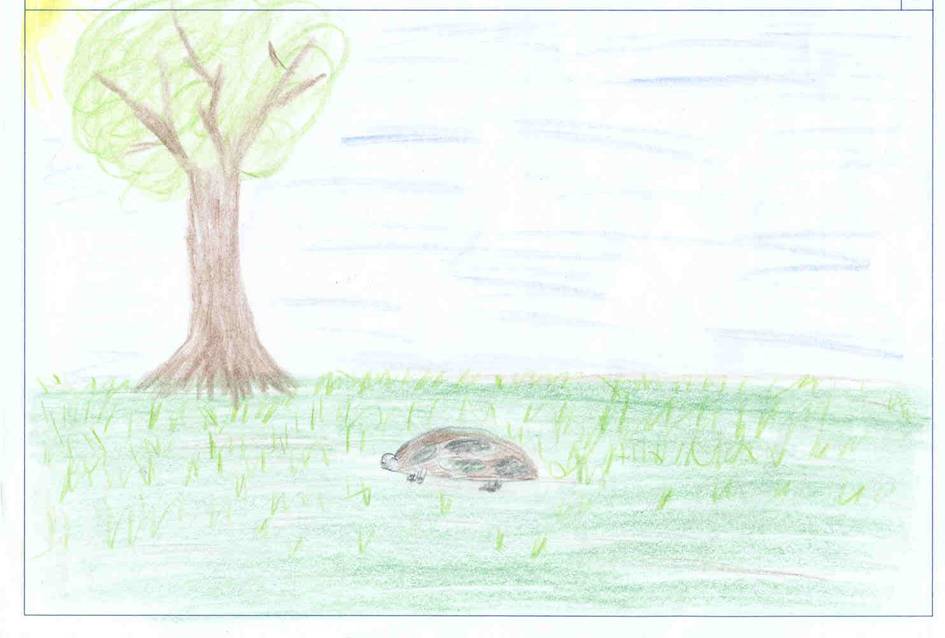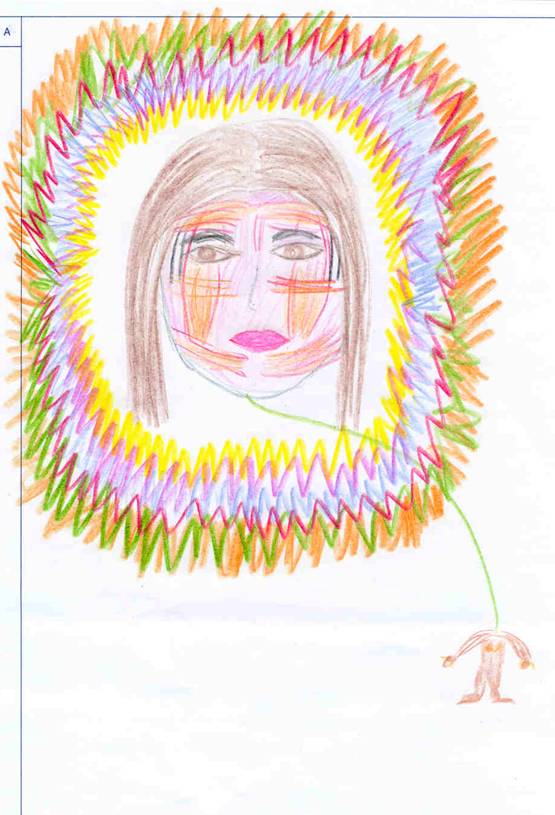|
|

 Jin Shin Do® in Italian HospitalBy Silvana Boscarino, M.D., Registered JSD Acupressurist, Rehabilitative and Orthopedic Specialist. Foundation for Bodymind Acupressure®
"Everyone has his own way. Jin Shin Do is my way!" These words, followed by a moved smile, were from my JSD teacher Pierluigi Duina. His personal and professional growth magically coincide. What about mine? What induced me, a medical doctor, to try Jin Shin Do® That marvelous sensation of a warming and wrapping light that flowed across all my body was very far from my medical training.
At 18, I wanted to be an archaeologist, but I got many hours of experience in 'active listening' and counseling when my school friends talked about their problems. I used to think, "If listening to people and helping them solve problems could be a job, that would be my kind of job!" That was 1968. What a generation! We were very curious. We experimented with many things. Everyone was different, but all were bound together by love. It was my curiosity that pushed me to change from Literature and Philosophy to Medicine University. From there, I enrolled in Orthopedic and Rehabilitative Medicine. Later I was interested in Alternative Medicine, so I enrolled in Naturopathy School in my town, Roma. An Introductory JSD class was offered. It was immediately clear to me that JSD was that detail that made the difference. JSD was the best conclusion of my research. As we say in Italy, it was 'the squaring of the circle'! The Western Medicine that I studied is Medical Science, in which a correct diagnosis is based on evidence, and it is organized on protocols for therapy. Yet I have been always fascinated by that old and natural Medicine that is individual. The medical doctor necessarily relates to a person. From my language studies, I remember that 'person' (from the Etruscan language, Fersu) was, in the ancient theater, the mask that covered all the body of the actor and was divided depending on the character. The word 'individual' (in Latin, 'individuus') indicates what is not divisible. The best medicine is an integrative medicine that considers the indivisible union of bodymind. I studied JSD (in 2000-03) because I wanted to follow any path that could help my patients. I welcomed JSD with no preconceptions, because of its beauty and unbelievable effectiveness. Only later did I look at JSD through my medical knowledge. In this way, I was able to better appreciate the sophistication and validity of its theories and, at the same time, the simplicity and clarity of its teachings. JSD now is one of the rehabilitative techniques utilized in the hospital department that I direct: 'Servizio di Fisiatria dell'Unit' operativa di Ortopedia e Traumatologia, Dipartimento di Chirurgia.' A therapist there, Francesca Ghiotto, took JSD classes with me and is also a Registered JSD Acupressurist. We take care of patients from 0 to 80 who are affected by leg disease; delivery traumas (stiff neck, paralysis, myogenic or cranial-sacral disorders); scoliosis and kyphosis in adolescents; arthrosis and arthritis in adults; and aftereffects of traumas and tumor treatment (surgery and/or chemotherapy). We offer Physical Therapy with medical equipment, Kinesiology, Structural Osteopathy, Craniosacral Therapy, Shiatsu, Foot Reflexology, Global Postural Rehabilitation (based on breathing education and diaphragm release), and Jin Shin Do. What I first liked about JSD was its body-mind approach: respect of the wholeness of the person, no matter what the symptoms. I am 100% convinced that doctors should take JSD classes to increase their ability to immediately create an empathic relationship with their patients. In this way, the M.D. could more easily find the patient's real need. Often patients talk about weird symptoms that aren't related by cause-effect, because the involved organs are not anatomically or functionally related. These patterns are often called 'psychosomatic diseases.' I usually say, "the psychosomatic disease of a patient starts where the expertise of the M.D. ends." A too quick diagnosis of psychosomatic disease can cover a serious disease, even a tumor. I can definitely attest that patients often report painful symptoms along the meridian routes before organ pathology develops. It is important to know about these painful meridian symtoms and be able to recognize them. They are a reality! My thesis was about the use of TENS (transcutaneous electrical nerve stimulation) for acute and chronic pain. I have since been comparing trigger points with the acu-points. I have noticed a high coincidence between the location of acu-points on the joints and limbs, and the trigger points along the course of nerves coming out from the spine. I enrolled in one of the top acupuncture classes in Italy, based on reflex therapy. I found it reductive and unsatisfactory. So, I enrolled in a traditional acupuncture school. The classes were so difficult that I felt unable to use the notions that I learned. JSD classes were magic: like finding the realm's key! JSD simplified and at the same time amplified the theory of the meridian pathways. I was able to understand the connections between an emotion and possible dysfunctions of a related organ. Not only is JSD a terrific tool to treat patients, but also it helps me to better diagnose them. For example, I noticed that some patients who complained about shoulder pain (like periarthritis) although ultrasonography showed no damage in the shoulder, a few months later developed diseases (even tumors) of the large intestine. I was fascinated to see that they showed clear imbalance of Metal (Lung and Large Intestine). Because of all this, I felt it was important to consider emotional imbalances underlying diseases. I thought this medical competence deserves financial aid from the National Health System. Our hospital and the National Health System agreed, so JSD is paid for by the country and is free to the patients! In the first session with a new patient, I check to see if, in addition to physical problems, s/he is suffering from any recent emotional stress in family or job, or has lost a relative or has to process a mourning, or was a victim of a car accident, or went through surgery, or has difficulty accepting his/her body. With adolescents who have problems with food or school, I want to know about the parents, including whether they are together or divorced.  I prescribe a JSD treatment as a priority when I feel the patient's emotions are ready to come up.
I prescribe a JSD treatment as a priority when I feel the patient's emotions are ready to come up.
The word 'emotion' comes from the Latin word 'emovere': to remove, move out, stir up. It means a movement that pushes to go out. Even when an emotion is buried deep, it still pushes to go out. I also use JSD to understand symptoms that are weird, like pain that my patients don't know how to describe, not even knowing where it starts or ends. Often, such symptoms clarify after a JSD session. For example, by doing the 'Body Focusing Technique,' a patient suffering from a strong, weird leg pain could become aware of a sacral fracture. Or, if there is headache but no medical problem, while doing the Body Focusing Technique it might become clear that the symptoms are simply related to emotions. JSD is the best way to treat patients who have gone through surgery or are suffering from whiplash, because bone manipulation is too strong and emotions (like anger, fear and frustration) have not been wholly processed. Last year, something really amazing happened, reinforcing my idea of the interaction of body-mind. My patient, Rosy, suffered from a severe neck injury (fracture of second cervical vertebra and lesion of the alar ligament) that was not diagnosed or treated after a car accident a couple years earlier. Rosy was suffering from neck pain and dizziness. As she said, her neck looked like 'the neck of a tortoise.' It was sunken, like it was looking for stability. At the beginning of the second session, Rosy was putting her hands on her stomach. She said that she was feeling a burst of red flame. I found myself working on her anger (towards her mother). In the following sessions, Rosy worked on her childhood wounds around feeling unloved, and on her conflictual relationship with her mother. At the end, she was able to regain sympathy and sweetness for her mother. At that point, the neck pain and dizziness disappeared. Rosy came to the hospital for the last session holding a bouquet of roses, with a note saying 'resurrection!' and a bright colorful drawing of how it felt. 
Rosy was very happy about the unexpected result! She asked me a question that I was asking myself, too: "How could it be possible that she got better after removing the ancient pain from her relationship with her mother and the old wound of feeling ugly, wrong and not loved?" The lesion of the alar ligament and the fracture of the second cervical vertebra were real. That was why she'd come to me. I answered Rosy by saying that maybe the emotions choose the less resistent body areas to go out. I.E., the emotions from inside look for any ways to exit that the body offers, including injuries and damages. For Rosy to allow the old and restrained emotions to go out freely, it was enough to focus her mind on certain points and areas of the neck, using the 'Body Focusing Technique' to invite her to be open to whatever feelings, sensations, words or images might come up while I held related points. We are far beyond 'gate control' 1 and the production of endorphins here: the body is the shield where the soul shows its bruises. As in the 'Divine Comedy,' where Virgilio is the enlightened guide who walks Dante from Hell to Paradise, so the JSD Practitioner has to be 'just' a journey partner. 1 The gate control theory of pain (put forward by Melzack & Wall, in the sixties) is the basis of reflex-therapies. It says a stimulation (different than pain), like a pressure, runs from the periphery to the marrow gate quicker then the pain stimulation and 'closes the gate' to the pain signal that follows it, so the pain doesn't reach the cortex. Endorphins, the body's own morphine, are released during trauma (and by physical exercise and acu-point stimulation). All rights reserved. |
|